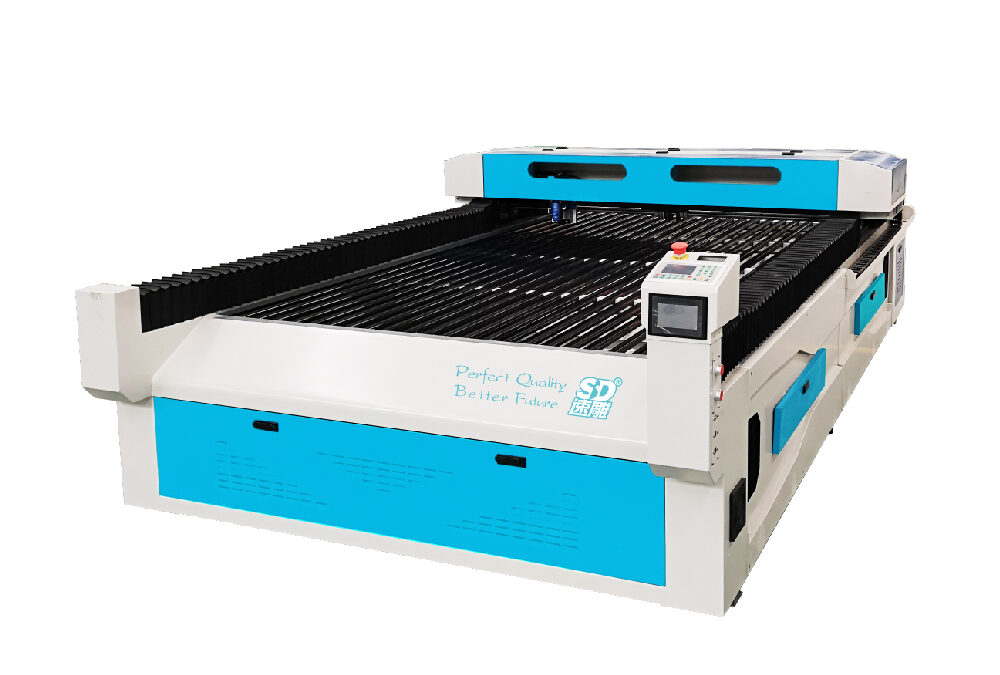In the field of woodworking, technological advancements have greatly transformed traditional craftsmanship. One such innovation is the 4-axis CNC wood carving machine. This cutting-edge equipment combines precision, efficiency, and versatility to revolutionize the woodworking industry. In this blog post, we will explore the features, capabilities, and benefits of 4-axis CNC wood carving machines. By understanding the potential of these machines, woodworking professionals can unlock new levels of creativity and productivity in their craft.

Understanding 4-Axis CNC Wood Carving Machines
A 4-axis CNC wood carving machine is a computer-controlled device used for automated wood carving and shaping processes. It utilizes four axes of motion: X, Y, Z, and a rotary axis. The X, Y, and Z axes enable movement in three-dimensional space, while the rotary axis allows the workpiece to rotate. This additional rotary axis enhances the machine’s capabilities, enabling intricate and complex carving designs. The machine reads digital design files and precisely executes the carving process using a cutting tool, such as a router or spindle. CNC wood carving machines offer high accuracy, repeatability, and speed, making them ideal for various woodworking applications.
Versatility in Woodworking Applications
4-axis CNC wood carving machines are highly versatile and find applications in a wide range of woodworking projects. They can create intricate patterns, sculptures, reliefs, decorative elements, and even three-dimensional objects from wood. These machines excel in producing intricate carvings, such as ornate furniture details, architectural moldings, signage, custom designs, and artistic pieces. The rotary axis enables the carving of cylindrical or curved surfaces, adding depth and complexity to the creations. With their ability to work on different wood types and sizes, 4-axis CNC wood carving machines empower woodworkers to bring their creative visions to life with precision and efficiency.
Advantages of 4-Axis CNC Wood Carving Machines
Utilizing 4-axis CNC wood carving machines offers several advantages over traditional woodworking techniques. Firstly, these machines significantly increase productivity by automating the carving process, reducing manual labor and saving time. They provide consistent and precise results, eliminating human errors and ensuring high-quality craftsmanship. The ability to work on complex designs and intricate details opens up new creative possibilities for woodworkers. CNC wood carving machines also offer efficiency in material usage, maximizing the yield from raw wood stock. Additionally, these machines provide a safer working environment by minimizing direct contact with cutting tools, reducing the risk of accidents.
Designing and Operating a 4-Axis CNC Wood Carving Machine
Operating a 4-axis CNC wood carving machine requires proficiency in computer-aided design (CAD) software and CNC programming. Woodworkers need to design or import digital design files into the machine’s control software, specify toolpaths, and adjust cutting parameters. The machine’s control software converts the design into machine-readable instructions, guiding the carving process. Operators must ensure proper tool selection, secure workpiece fixation, and monitor the machine’s operation. Regular maintenance, including tool sharpening and machine calibration, is necessary to maintain optimal performance. Training and ongoing education in CNC programming and operation are essential for woodworkers to fully harness the capabilities of these machines.
Future Trends and Innovations
The woodworking industry continues to evolve, and 4-axis CNC wood carving machines are at the forefront of this transformation. Advancements in machine automation, artificial intelligence, and tooling technologies hold great potential for further enhancing the capabilities and efficiency of these machines. Integration with virtual reality (VR) and augmented reality (AR) technologies may enable real-time visualization and simulation of carving designs. Additionally, advancements in machine learning algorithms can optimize carving strategies, material usage, and tool life. As the industry progresses, woodworkers can anticipate exciting innovations that will further revolutionize the art and craft of woodworking.

